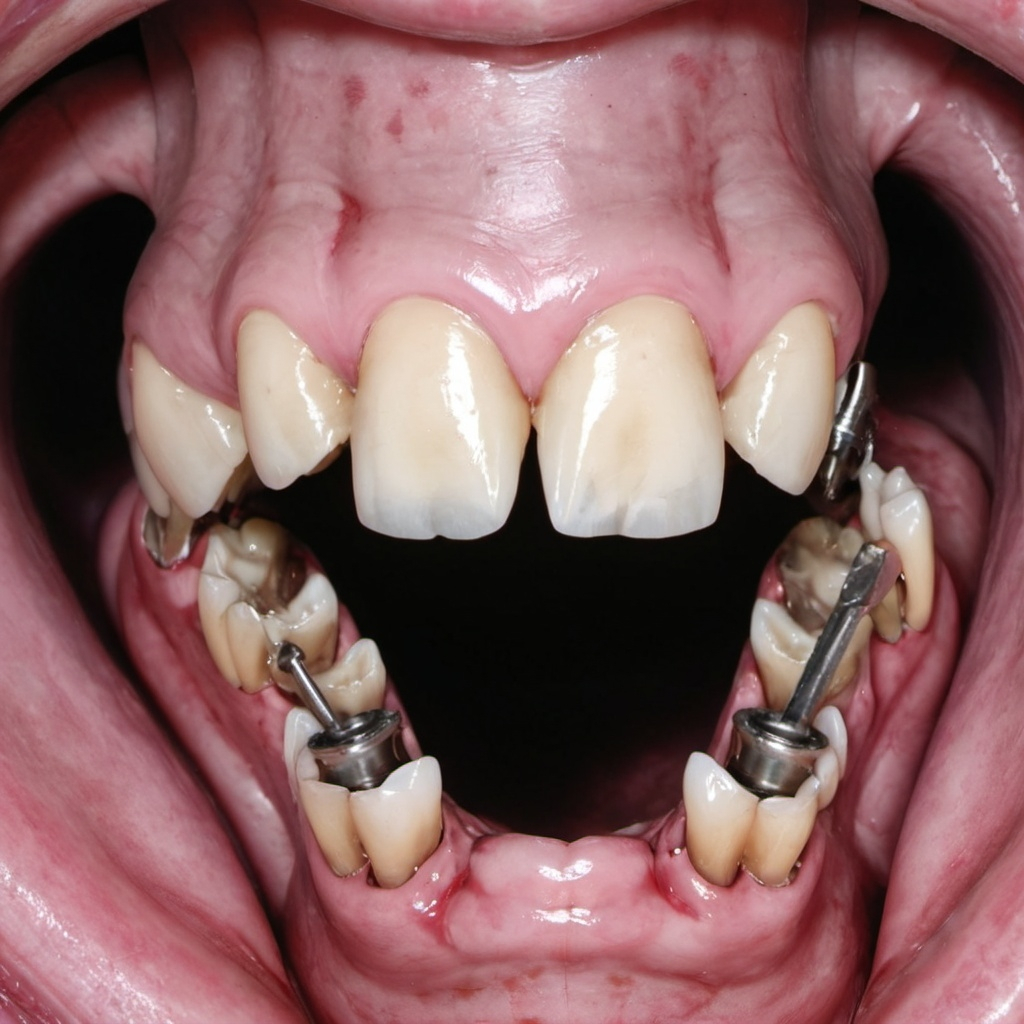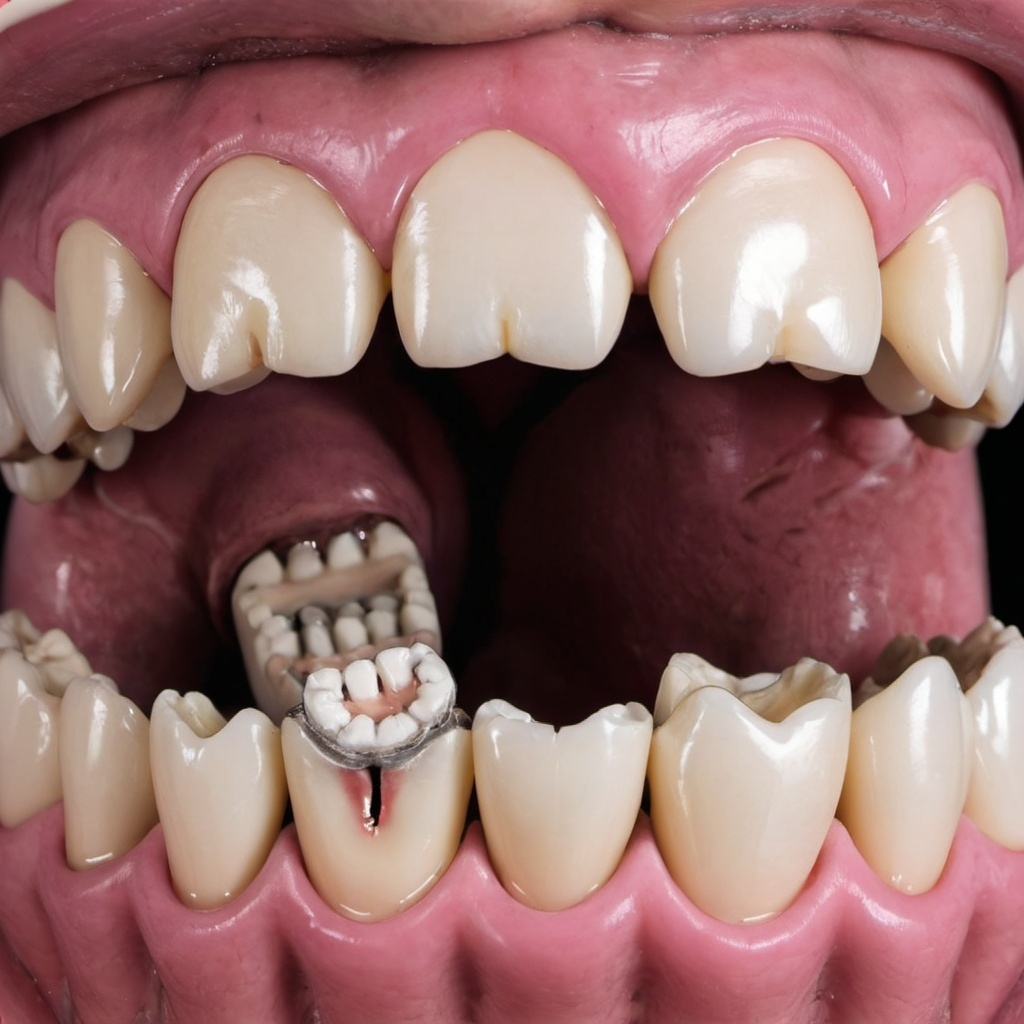Tooth extraction, while often necessary, can cause many patients to feel apprehensive about what comes next. Whether it’s removing a wisdom tooth or a decayed tooth that cannot be saved, the healing process after a tooth extraction is crucial to your oral health. One of the most critical aspects of this healing is the development and care of the socket—the space left behind in your gums after the tooth is removed. But what is a standard socket after tooth extraction? What should you expect as it heals? Let’s take a closer look.
What is a Tooth Socket?
When a tooth is removed, a hole or “socket” is left in the bone and gums where the tooth once was. This socket holds the tooth’s root before extraction, and once the tooth is removed, the body begins filling this gap with new tissue. The socket’s healing after tooth extraction is a delicate process that must be handled carefully to ensure proper recovery.
During the first few days, a blood clot forms in the socket. This blood clot is vital because it protects the bone and nerve endings in the socket, which otherwise would be exposed to air, food, and bacteria, causing potential complications. The clot also provides a foundation for new bone and soft tissue growth.

The Normal Healing Process of a Tooth Socket
The healing of a standard socket after tooth extraction typically follows a predictable process. However, individual experiences may vary depending on factors such as the tooth’s location, the socket’s size, and overall health.
- Formation of a Blood Clot (Day 1–3)
Immediately after the extraction, a blood clot forms in the socket. This clot is essential for protecting the bone and nerve endings and marks the beginning of the healing process. You may notice a slight swelling around the area, which is normal.
It is essential during this phase not to disturb the clot, as doing so can lead to a painful condition called dry socket (discussed later). Avoid rinsing your mouth vigorously, using a straw, or smoking during this time, as these actions could dislodge the clot.
- Initial Healing (Days 3–7)
As the blood clot settles in, your body replaces the damaged tissue in the socket. At this stage, the gum tissue surrounding the socket may still feel tender, and there may be some residual swelling or discomfort, which should gradually improve.
It’s essential to keep the area clean by following the post-operative instructions from your dentist, which usually involve gentle rinsing with a saltwater solution and avoiding hard or crunchy foods. During this time, the blood clot is still very delicate, so continue to avoid activities that might disturb it.
- Tissue Formation (Weeks 1–2)
By the end of the first week, the gum tissue starts to grow over the socket, and the initial healing phase is well underway. The blood clot will break down naturally as new tissue and bone replace the void left by the extracted tooth. You may notice that the socket starts to look smaller and shallower.
Pain and discomfort should have significantly decreased, though some sensitivity in the area is still expected. It would help if you still were cautious when eating, brushing, and cleaning your mouth. Dentists often recommend continuing with soft foods and avoiding the extraction site while brushing.
- Bone Regeneration (Weeks 2–4)
During this phase, the new bone begins to form in the socket. The socket will continue to fill in and close over time. For more prominent or wisdom teeth, it can take longer for the bone to regenerate fully.
The soft tissue over the socket should appear healed mainly by the end of the fourth week, although more profound tissue regeneration may still occur. This is a critical period in the healing process as the jawbone restructures itself.
- Complete Healing (Months 3–6)
CompleteThe bone and soft tissue healing around the socket typically takes several months. For smaller teeth, complete socket closure may occur within three months. Total healing can take up to six months for more extensive extractions, like molars or wisdom teeth. After healing, your dentist may recommend replacing the extracted tooth with a dental implant, bridge, or other prosthetic to prevent shifting of surrounding teeth.
What is Normal for a Healing Socket?
- Mild Pain or Discomfort: It’s common to experience pain or discomfort for a few days after the extraction. Over-the-counter pain relief can manage this.
- Slight Bleeding: Minimal bleeding or oozing is normal for the first 24-48 hours. Biting down on a gauze pad, as your dentist recommends, can help control bleeding.
- Swelling: Some swelling is typical and should subside within a few days. Applying an ice pack to the area for 10-minute intervals can help reduce swelling.
- Gradual Closure of the Socket: As the tissue regenerates, the socket will begin to close, and the gum will start to heal.
What is Not Normal? (Signs of Complications)
While most extractions heal without complications, specific issues can arise. If you notice any of the following signs, you should contact your dentist:
- Dry Socket: This occurs when the blood clot dislodges or dissolves too soon, exposing the bone and nerves. A dry socket can cause severe pain and require immediate treatment.
- Infection: Symptoms such as increasing pain, fever, foul taste, odor in the mouth, or pus at the extraction site could indicate a disease that needs prompt care.
- Excessive Bleeding: If bleeding persists beyond the first two days or worsens over time, seek professional advice.
- Severe Swelling or Bruising: While mild swelling is expected, excessive swelling or discoloration could indicate a problem and may require an evaluation by your dentist.
How to Care for a Healing Tooth Socket
Proper care after a tooth extraction is vital to ensure the healing socket stays on track. Here are some essential tips to promote a normal healing process:
- Follow Dentist’sDentist’s Instructions
Always adhere to the specific instructions provided by your dentist. They know your case and can provide the best advice for your recovery.
- Keep the Area Clean
Starting the day after your extraction, gently rinse your mouth with warm salt water. This helps keep the area clean and reduces the risk of infection. Avoid vigorous rinsing or spitting, as this could disturb the healing clot.
- Eat Soft Foods
Stick to a diet of soft, easy-to-chew foods for the first few days. Foods like mashed potatoes, yogurt, smoothies (without straws), and applesauce are ideal. Avoid anything complicated, crunchy, or spicy that could irritate the socket.
- Rest and Avoid Strenuous Activity
Physical activity should be limited to 24–48 hours after extraction. Strenuous exercise or bending over can increase blood pressure and cause the socket to bleed or the clot to dislodge.
- Avoid Smoking and Alcohol
Both smoking and alcohol can slow down the healing process and increase the risk of complications like dry sockets. It’s best to avoid them entirely during the recovery period.
Conclusion
After tooth extraction, a standard socket goes through several healing phases, starting with forming a protective blood clot and ending with the regeneration of bone and tissue. While some pain, swelling, and bleeding are typical, these symptoms should gradually improve. Following your dentist’s instructions and caring for your socket correctly can help ensure a smooth recovery. However, if you experience severe pain, signs of infection, or excessive bleeding, it’s essential to seek medical advice. With proper care, your tooth socket will heal, allowing you to maintain your oral health and move forward with any necessary dental restoration treatments.
